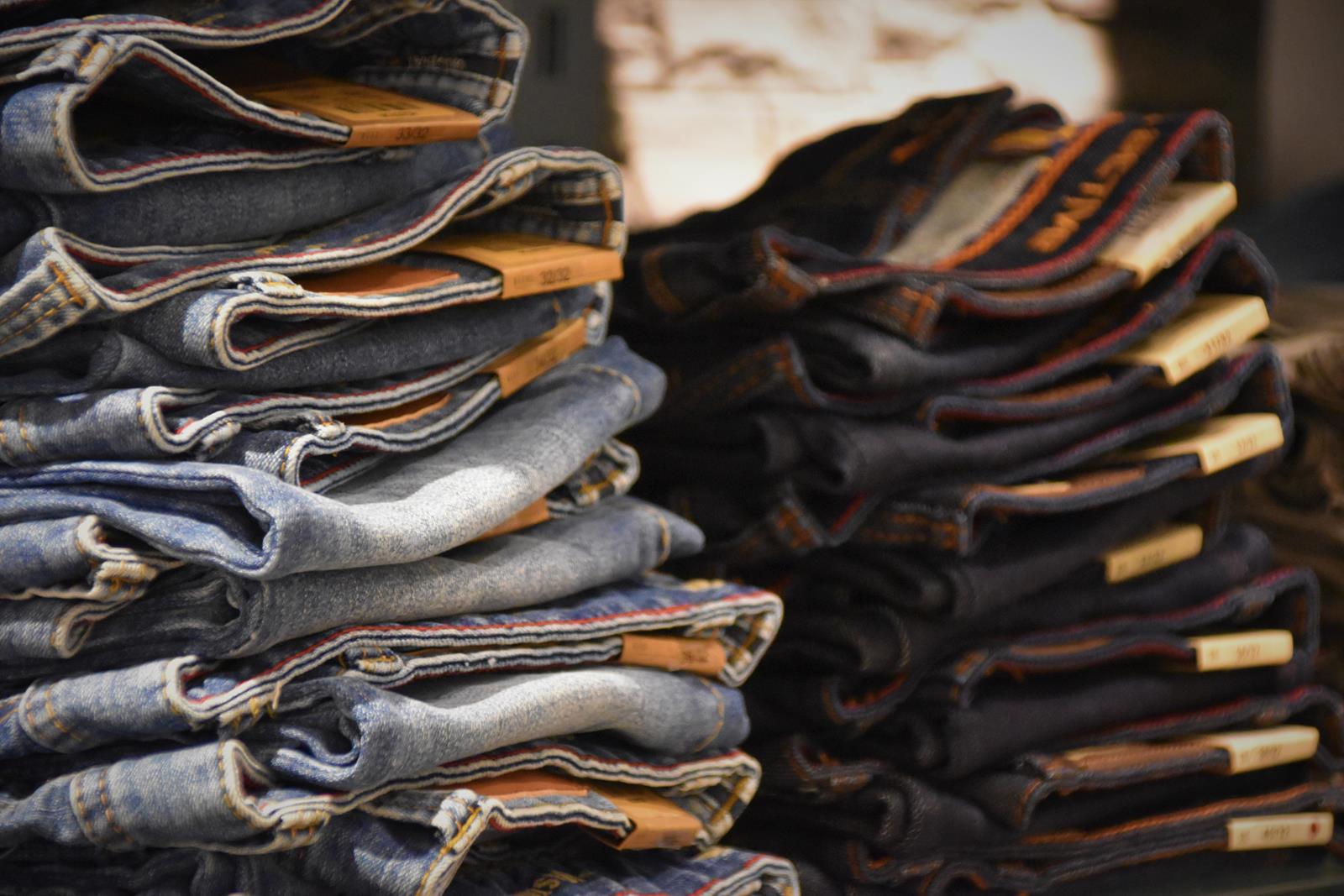As the First World War started, clothing was an important aspect of soldiers’ survival. The uniforms were available in all colors and were quite comfortable and warm. These uniforms served as their main protection from the elements of cold and rain and even snow.
The British soldiers did not get to wear their clothing for long periods of time, since they lived in trenches. Most of their clothing was issued to them in small pieces, which they were expected to wear and put on throughout the day. The British Army was very conservative in their clothing styles. They called it their ‘british style’ and would rarely wear anything out of the ordinary. Although, like the American soldiers the british style was changed slightly in favor of the more casual look, especially when it came to jeans.
Utility clothing was usually very similar to that of the military, with blue overalls being the most common. Uniform trousers were worn, along with wellies and top hats. In areas where there was very little or no formal attire, british country clothing included tweeds, cardigans, and even tracksuits. It was the women who wore clothing more than the men. Their skirts were short, unlike the long skirts worn by the British Army, and generally consisted of trousers and a flimsy jacket.
Women also enjoyed a great choice of clothing, but it was not as fashionable as that which was worn by their male counterparts. Although dresses were available in a variety of colors, the classic british style continued to be blue and white, as well as using tweed, and were often accompanied by a thin neck scarf. It is thought that this particular dress code helped to keep the air conditioning temperatures low in warmer climates during the winter months.
The countryside had very few options when it came to clothing, as the towns were populated almost entirely by men. Men were allowed to wear trousers to work, although it was always traditional british clothing to wear tweed skirts and jackets to work. This was to provide the element of warmth, and keep the small female figures warm in the colder months. Most of the jackets that were available for men in the countryside were either ponchos or coats. There were not very many choices in women’s clothing.
In the summer months, it was always preferable to wear lightweight clothing that keeping the body cool. Women wore skirts and blouses with the more traditional british country jackets. These skirts and blouses were often made from wool and had a great variety of colors. They also had the option of having their collars worn in many different ways. The traditional british country clothing of yesteryear was all about being practical, rather than fashion.
When it was cold, and it was autumn, the British began to wear heavier garments again, such as heavy cardigans. These coats provided extra warmth when mixed with leather jackets and heavy boots. The main style of boot for the period of the british country clothing included an over cuff, and these boots were typically knee length, rather than being the traditional street type boot. They also tended to be made of double breasted fabric rather than the traditional sewed sole.
There are a number of ways to identify the era of the clothing based on the material used, and on the type of boot worn. If you are in the uk, you can get a real feel for the period of clothing by looking at the material used. For instance, a material that is a light olefin will have an aged look to it, but if you are in the uk, you can get a real feel for the period of clothing by looking at the type of boot worn. These types of boots are much larger in size than they used to be in the british countryside. You can also get a real feel for the period of clothing by looking at the coats worn.
